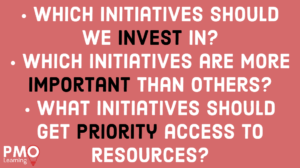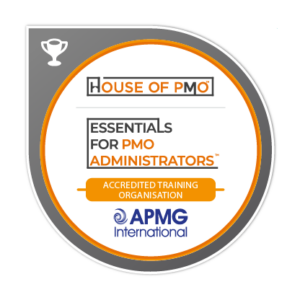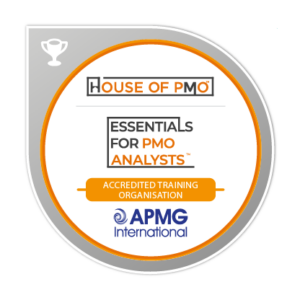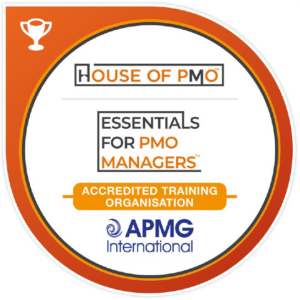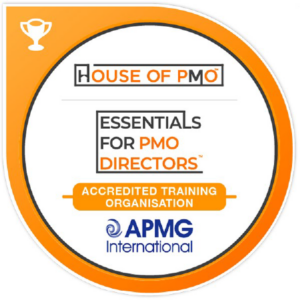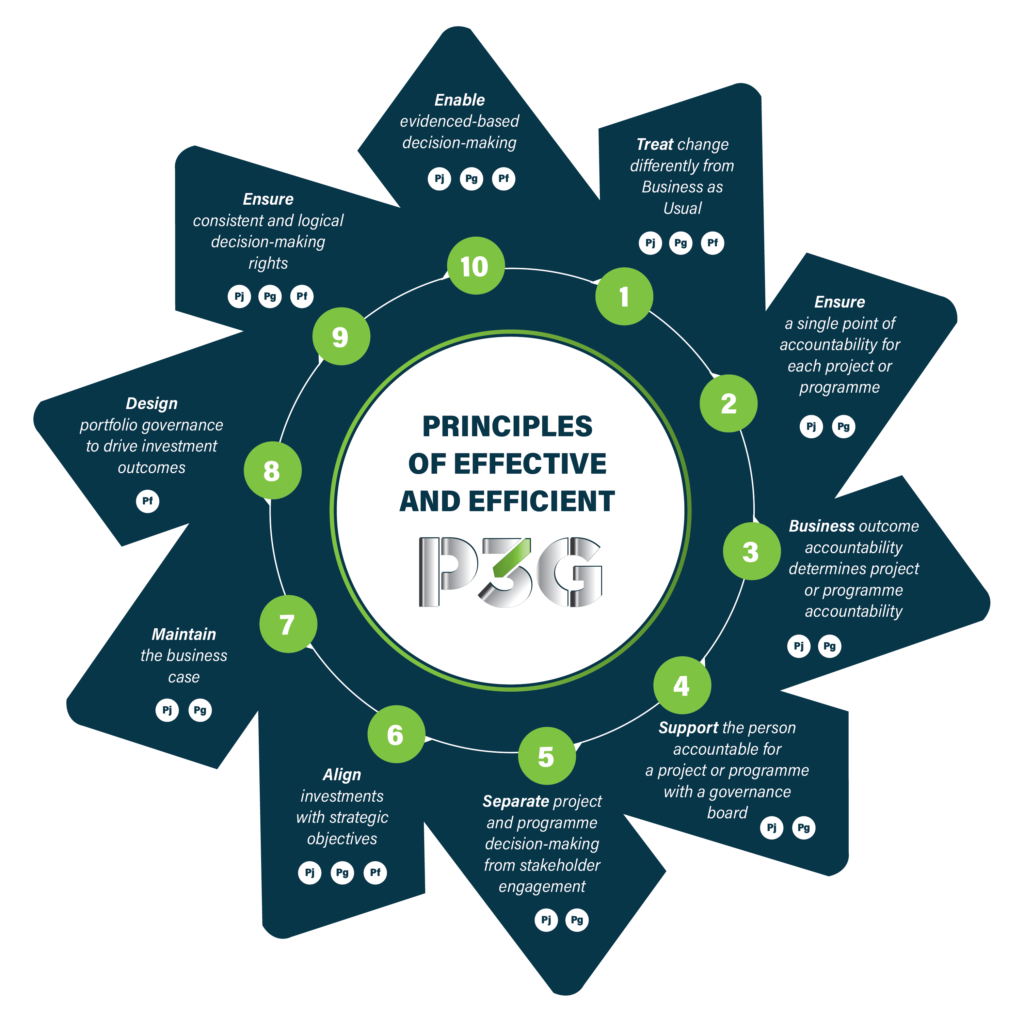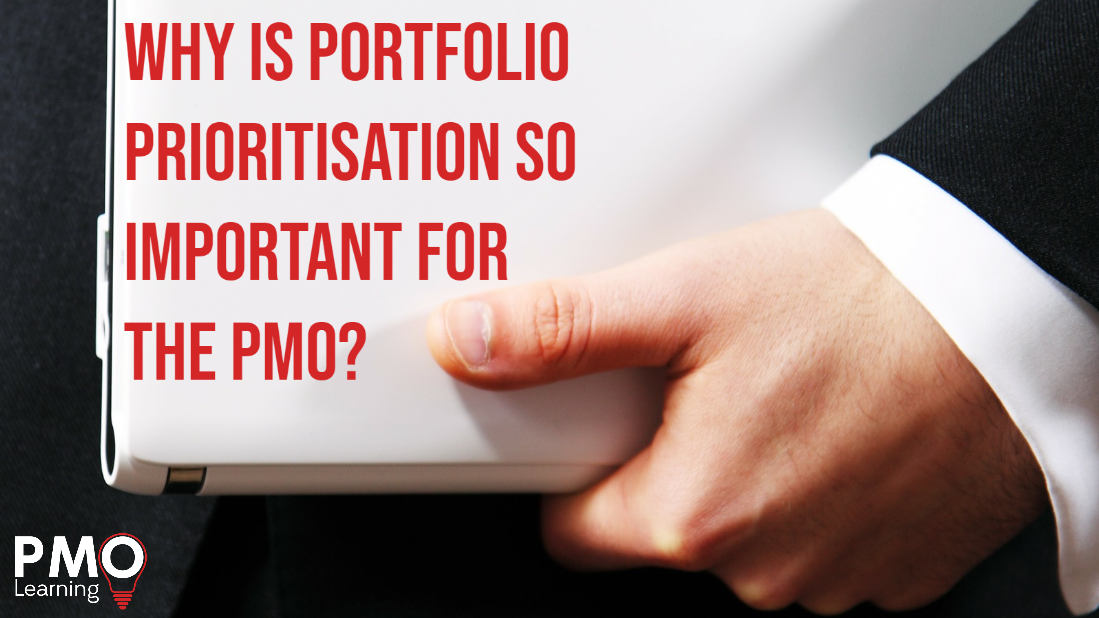
During the last delivery of Unlocking Business Agility through Portfolio Management, the audience took me somewhat by surprise when “Portfolio Prioritisation” was chosen by a few as part of their learning objectives. We were able to address the unexpected specific need by introducing an additional session, but it still begs the question “Why is Portfolio Prioritisation so important for the PMO?”
Note: For the purpose of this article, we refer to a PMO as an enterprise PMO or Portfolio Office.
What is Prioritisation?
According to Management of Portfolios (MoP®) (p. 56), “Prioritizing ranks the change initiatives within the portfolio (or portfolio segment) based on one or more agreed measures.”
Given the common constraints of limited budget and finite resources, prioritisation will help decision makers to decide:
- Which initiatives should we invest in?
- Which initiatives are more important than others?
- What initiatives should get priority access to resources?
Now that we have established what Prioritisation is and which questions it answers, we can start exploring some of the challenges associated with this enterprise management process.
What are the challenges?
Just reading the definition provides some insights to the challenges an enterprise PMO might encounter, such as
- Change initiatives within the portfolio;
- Agreed measures
Let us look at both challenges in more detail:
1. Change initiatives within the portfolio
The first challenge an organisation faces while trying to prioritise is associated with the process step beforehand – MoP calls this practice “Categorize”. As a gatekeeper of the processes, the PMO will want to make sure that the change initiatives within a specific portfolio are there for a reason – the very reason being that they can be compared on the grounds of their contribution to achieving strategic objectives.
These strategic objectives will be aligned to varying investment criteria and measurements. Who has not seen the portfolio of mandatory or regulatory compliance items being filled up with initiatives that addressed a lot more than compliance? At times, those bringing the initiative forward may have assumed it to be an easier pathway to investment approval.
How can the PMO help?
- Firstly, making sure that all initiatives belong to one portfolio only for the purpose of prioritisation.
- Secondly, making sure that all initiatives only address the strategic objectives associated with the portfolio (i.e., the initiative is not a combination of regulatory compliance and business process improvement).
2. Agreed measures
Once the portfolios and sub-portfolios are established, the issue of measurement has to be addressed. Best practice recommendation, including that provided by MoP who call it “multi-criteria analysis”, is clearly towards a number of different measures. By different measures it refers not to different financial metrics, but to what I would call “value” vs “risk” considerations.
Those with a finance background will know that each of the financial metrics (NPV, IRR, Payback, etc.) has its own shortcomings. As a consequence, PPM software solution typically offer at least a couple of options: more than one of my clients did initially feel the need to implement all, with issues remaining unsolved because the financial metrics do not complement each other.
Another criteria concerning value could be strategic contribution, or perceived need. As far as “risk” is concerned, factors such as reputation, likelihood of successful delivery and benefits realisation, change capacity and change capability, or technology.
Coming up with proposals for these measures may be easier than getting them agreed. Each stakeholder, and there will be many across the entire organisation, will have their own view with the currently proposed potential initiatives in mind.
This is not helped by the third step in this particular process – establishing the weighting of each individual measure compared to the others. Here again, the context of each stakeholder will have a bearing on the attitude towards possible agreement.
Sounds difficult and complicated? Well, we can do one better even!
So far, our set-up of measures will only account for initiatives that belong to the same portfolio or sub-portfolio. So far, it meant dealing with one set of stakeholders. Now, we have to look at a multitude of these. One of my past clients, the Head of Strategic Planning, immediately understood this complexity, and while she was completing her drawing on a noticeboard, moved on to thinking about different hurdle rates for ROI for different parts of the business. I was lucky there – the changes in this example came from top-down, agreed by the top-level executives.
How can the PMO help?
The most difficult piece of advice to follow for the PMO first: KISS, Keep it simple, stupid.
Go and start in your finance department and agree one financial measure that would be applicable across the entire organisation – the advantage of this approach is clear. No one would challenge the experts in the finance department, and given what we said about the different financial measures the PMO will typically have no strong preference towards one specific measurement.
Next stop: Head of Strategic Planning.
I would always view the Head of Strategic Planning as one of the key stakeholders of an enterprise-wide operating PMO, specifically when portfolio management is part of the remit. The PMO should be able to obtain the latest strategy, including drivers and objectives, and potential hurdle rates.
Last but not least: Your CIO will be able to point out measurements for technology complexity and risk.
If the PMO has the buy-in for these three stakeholders, then the conversations with project managers, programme sponsors, etc. will be a lot easier.
So why is Portfolio Prioritisation so important to the PMO?
In most simple terms: Dealing with the amount and variety of stakeholders from across the entire organisation during the various steps and activities that make up portfolio prioritisation.
And how does the PMO implement the measurements for portfolio prioritisation? The Business Case! Best Practices and views on different templates out there in the marketplace to follow… an entirely different challenge altogether.
If you’re looking to learn more about portfolio management, – why not join us on our refreshed 2 day virtual Unlocking Business Agility through Portfolio Management classroom course? The course includes the following modules:
- The link between Portfolio Management and Business Agility
- Strategy and Leadership
- Corporate Culture
- Governance Arrangements
- Reporting
- Supporting Functions
- Processes and Tooling
- The Reality – what is getting in the way of effective Portfolio Management and Business Agility
You can find out more and book your place here!
The MoP® courses on this page are offered by PMO Learning. MoP® is a [registered] trade mark of AXELOS Limited. MoP® is a registered trade mark of AXELOS Limited, used under permission of AXELOS Limited. All rights reserved.
Enjoying Our Blog?
Sign up and receive all our articles (we’ll send you an update once a week!) plus special offers and events:

